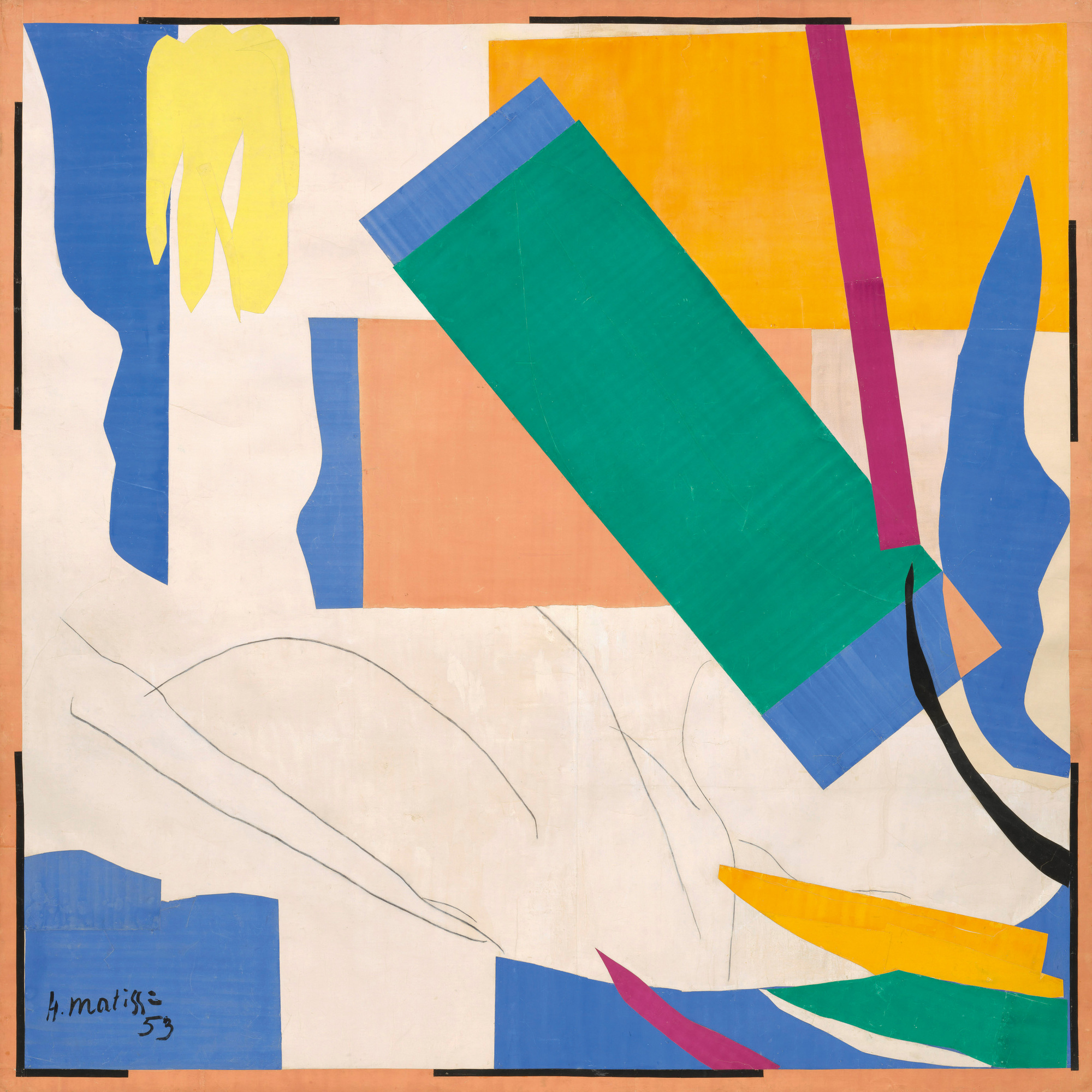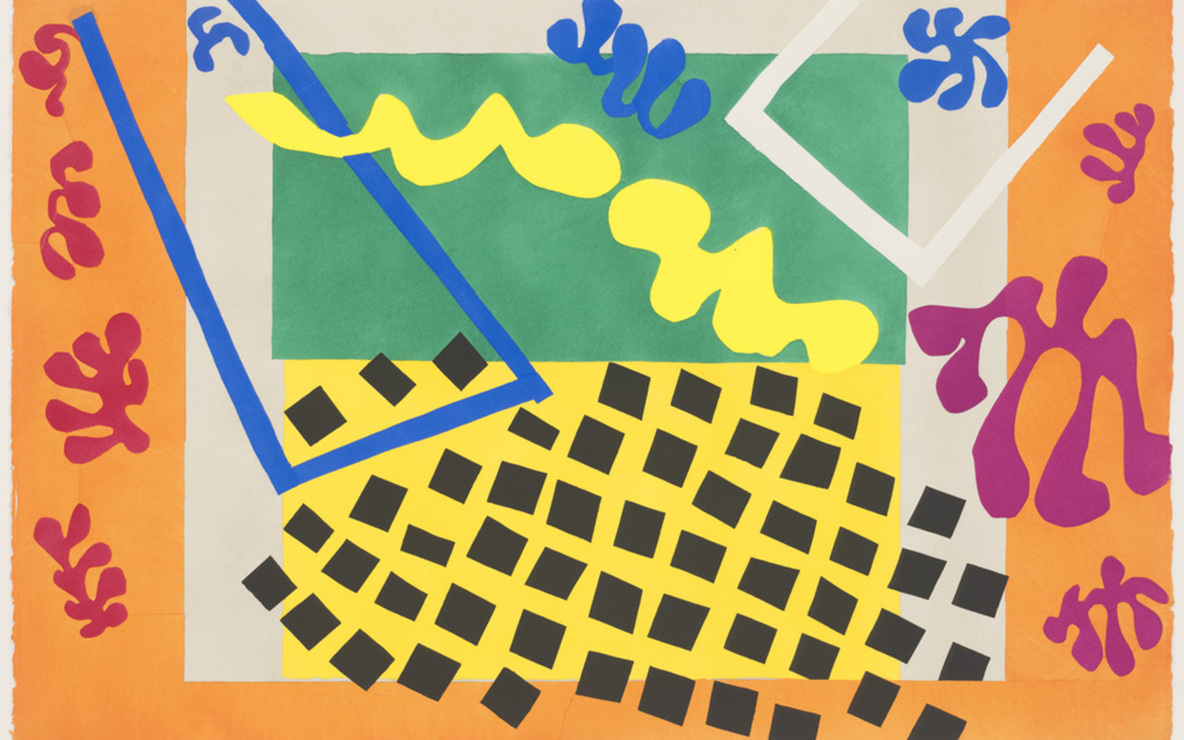Modernity and Modernism
- john ruskin 1819-1900 - wrote a book called modern paintings, argued that modern artworks weren't as good as old masters, his favourite painters were the pre raphelites who were about rejecting the modern techniques and going back to a style pre-Raphael
- our culture implies to modernise is to make things better
- to be modern originally just meant to be of your time
- paris 1900, paris was the epicentre of modernity, it was THE modern city. it was replaced in the 50s by new york
- urbanisation - a condensation of life in cities - moving away from farming. an alienated sense of existence. life becomes accelerated and regulated.
- before this era time was not standardised, GMT comes in, the telephone is invented, electric light is invented. humanity is shifting the rules of nature
- 1750 - mid 20th century =
- cities as they developed had an imperialist competitive streak particularly between France and britan
- enlightenment - period in late 18th century when scientific/philosophical thinking made leaps and bounds
- secularisation - turning away from religion and to science
- cities become the epicentre of life
- caillebotte 'paris on a rainy day' this is the new paris, the paris of modernity. the painting shows 1850s new paris architecture.
- haussman redesigns paris, large boulevards in favour of narrow streets - made the streets easier to police, a form of social control
- the centre of paris becomes gentrified for the richer classes and the outskirts are for the working class
- seurat 'ísle de la grande jatte' capitalism is turning us into faceless zombies. invented an anti expressive technique of making, no creativity just dot dot dot, no expressiveness, you can become just another cog in the machine
- bathers at asnieres - in the background the dominant factory. clocking on and clocking off dominates your existing. trying desperately to find life outside of work. social distinctions being created by the common wealth
- degas 'absinthe driker' about literally drinking away your sorrows to forget about work, in company but simultaneously alone
- kaiserpanorama 1883 shows landscapes, sometimes art, almost collective but at the same time entirely individualised
- max nordau degeneration 1982 anti modernism, he predicted 'By the end of the 20th Century 1there will be a generation to whom it will not be injurious to. ... a dozen quire of newspapers daily, to be constantly called to the telephone... and to live half their time in a railway carriage or in a flying machine.'
- alfred stieglitz 'in the new York central yards' photography is invented and almost makes painting redundant art as to change to transform into something else, become more emotive, more abstract
- etienne, hules marey, chronophotographic gun 1882, running man, proved horses run with all 4 feet on the ground
- people experimenting at this time with new technologies, complex dialogue between new technologies and ways of making
- picasso - les demoiselles Dávignon 1907 a response to the threat of photography, rupture of spacial experience reflective of the modern












